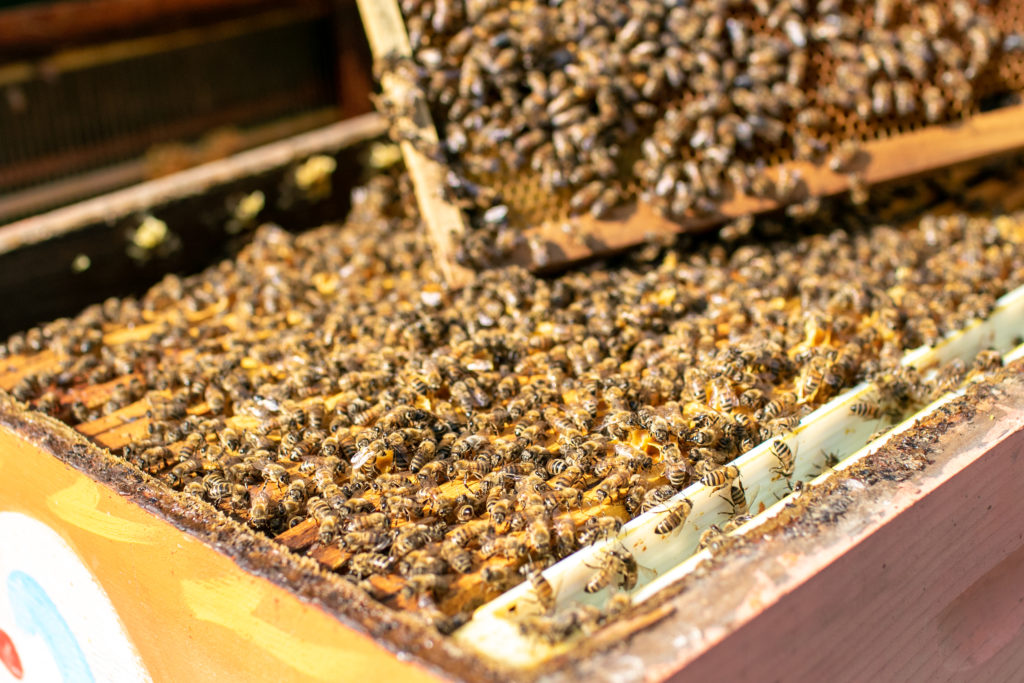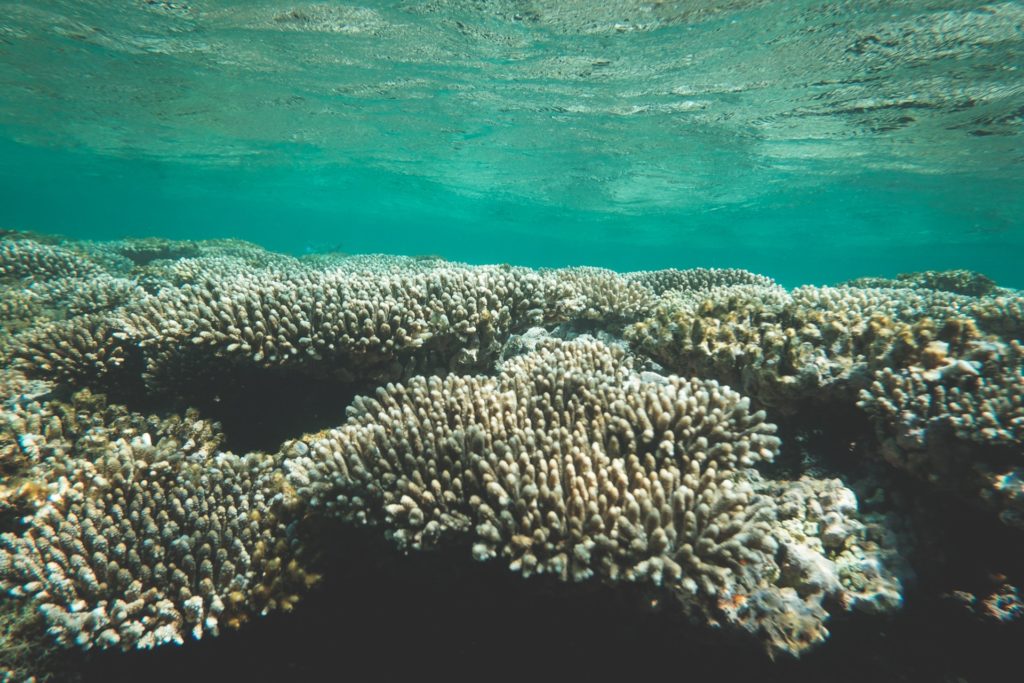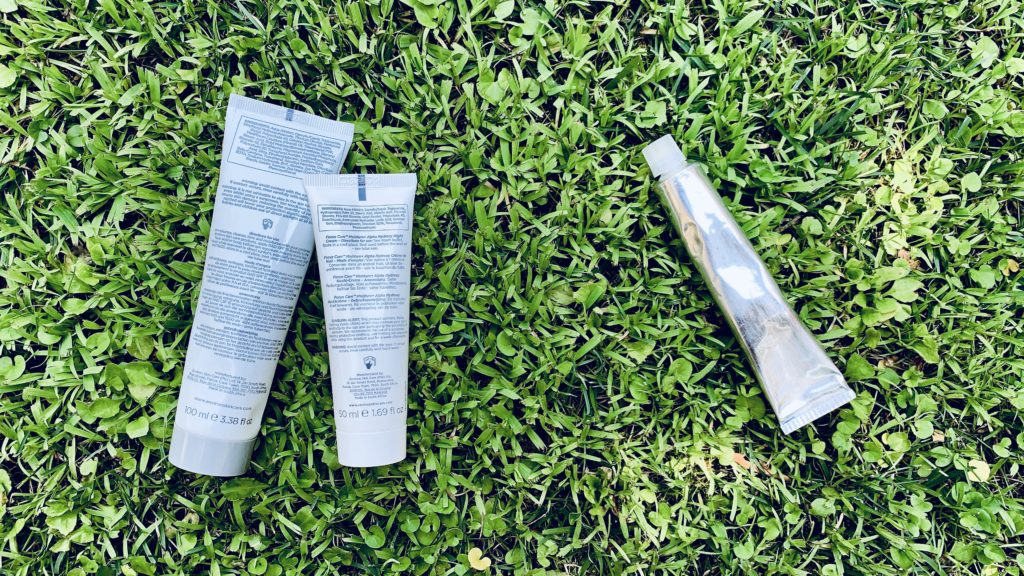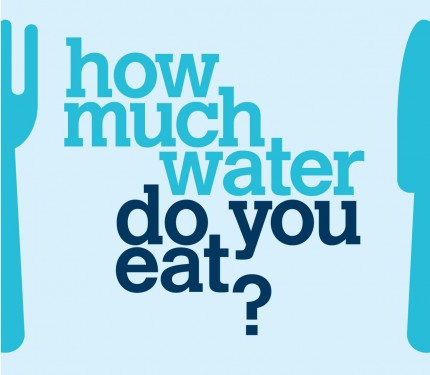
Those of you who follow Occhio al futuro know that we are in the Decade of Action to make progress on the 2030 Agenda. But within the macro framework of the 17 goals there’s an entire world, which includes the Decade of Ocean Science. In Venice we met Francesca Santoro, program specialist of the IOC, UNESCO’s Intergovernmental Oceanographic Commission, which promotes many initiatives. I hope you’ll be curious to find out how many tools we have to learn more about marine ecosystems and how we can do our part to safeguard them, starting with our choices as consumers. When this interview aired, there was a confluence of UN World Days. Not only is June 5th World Environment Day, it’s also the International Day for the Fight against Illegal, Unreported and Unregulated Fishing, while June 8th is World Oceans Day! We closed our beautiful meeting at Venice’s Rialto fish market.
Cristina: Marine ecosystems are increasingly fragile – they’re in danger and need our attention. That’s why the UN established the Decade of Ocean Science. We’re in Venice to meet UNESCO’s Francesca Santoro and understand how to navigate it. Good morning Francesca, tell us what we need to know about our relationship with the oceans?
Francesca Santoro: One of the simplest things we do, breathing, we owe to the ocean. The ocean produces 50-80% of the oxygen that exists in the atmosphere.
Cristina: What are the key objectives of your program and how will you reach them?
Francesca Santoro: The goal is to inform everyone about the importance of the ocean for our planet and we accomplish this through very practical tools. We produce manuals for schoolteachers: hands-on lessons for the classroom. Then we developed a series of online courses for journalists to teach them how to discuss these issues, but it’s for decision makers as well. Entrepreneurs also need to learn that if they want to be part of the solution they have to understand that everything is interconnected on our planet.
Cristina: And if we want to keep eating fish we need to know how to buy it, shall we head to the market?
Francesca Santoro: Gladly!
Cristina: Francesca how do you choose what fish to buy?
Francesca Santoro: First of all I look at the origin and seasonality because it’s important, people don’t know that there are seasons in the sea. We also see that there is a map.
Cristina: Italy is in FAO area 37.
Francesca Santoro: Here we’re in the Adriatic and it’s the most abundant sea in the Mediterranean, we can definitely rely on what we find in this area. Hi, can you tell me what you would recommend today? I prefer local and seasonal.
Fisherman: Today I would suggest a nice ombrina. Fished with a rod here in the lagoon as you can see, local gallinella, also known as lucerna or there is a hook caught redfish. Everything here is fresh. Or local cuttlefish that is now in season. Fresh cuttlefish from the lagoon. There are customers who have been coming here for years and they trust us fully because, they know what we offer, so they ask “what can I eat today?” and we usually always suggest catch of the day or the season.
Francesca Santoro: Thank you very much! Keep it up.
Cristina: The Decade of Ocean Science touches on SDG 14 life below water, but all the other Sustainable Development Goals as well. Conversations like these can help us make the best choices not only for our plates but for our future. Let’s navigate this Decade of Ocean Science together. Occhio al futuro!
On air June 5th, 2021








